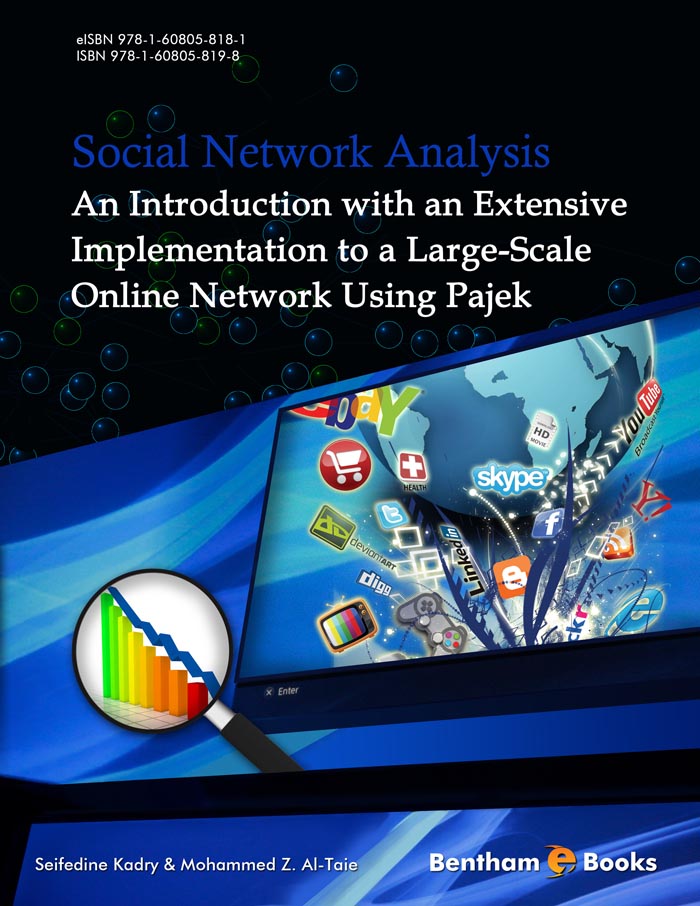Introduction
This brief textbook explains the principles of social network analysis. The book goes beyond theoretical concepts and gives the reader complete knowledge about how to apply analytical techniques using Pajek to perform a large-scale network analysis. The book covers the topic in 2 sections – the first detailing fundamentals of research design and the next one about methods and applications. Readers can then apply the techniques in this book to other online communities, such as Facebook and Twitter. The book is intended for networking students and general readers who want to learn the basics without going deep into mathematical methods. It is also useful for researchers and professionals from other fields seeking to understand the basics of large-scale social network analysis.

